Gobustan+Absheron Day Trip [231744P8]
This is an all-included tour you will pay once and after you will not be charged throughout the tour. This tour offers a unique combination of ancient rock art, historical landmarks, natural beauty, and cultural insights. It provides a comprehensive overview of the region's history, culture, and scenic landscapes, ensuring a memorable and enriching experience for visitors.



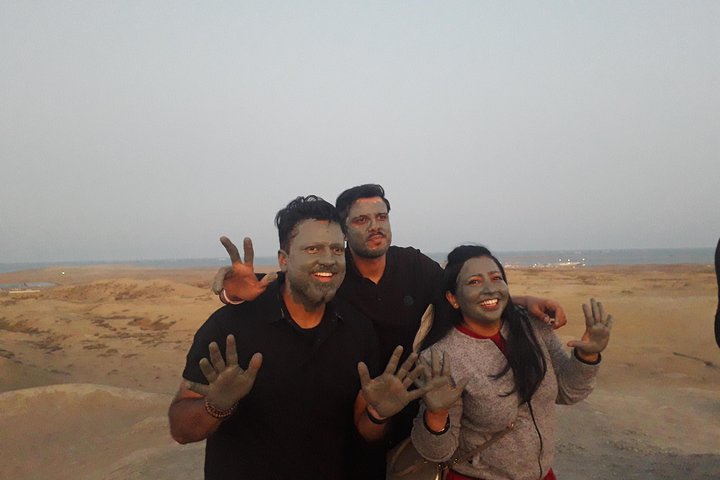


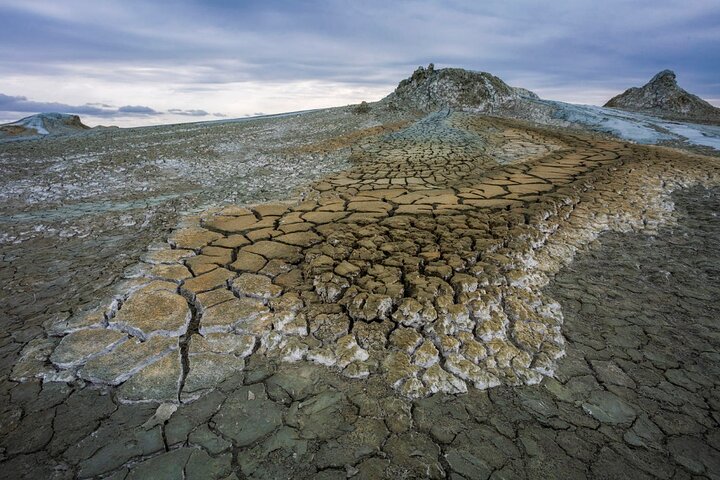
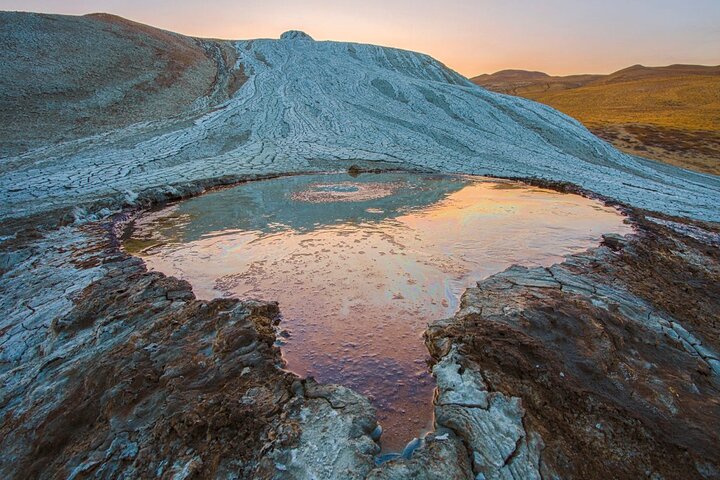
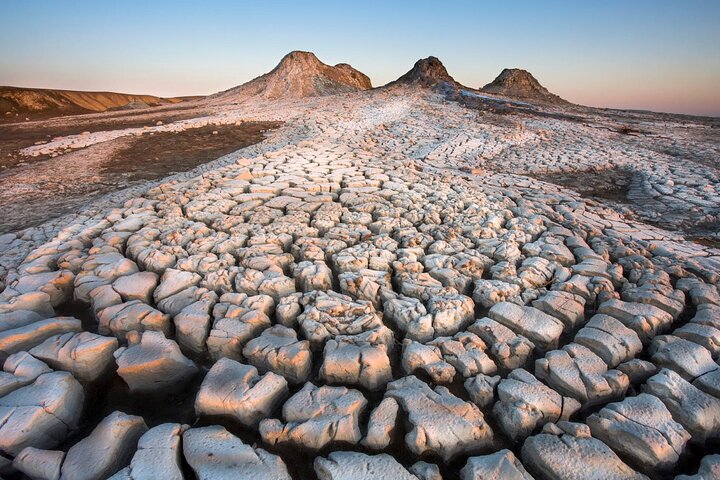
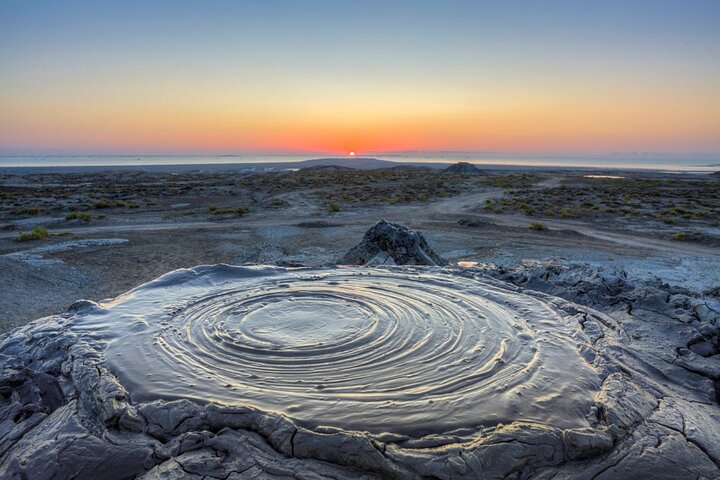
ADDITIONAL INFO
- Public transportation options are available nearby
- Infants are required to sit on an adult’s lap
- Suitable for all physical fitness levels
INCLUDED
NOT INCLUDED
CANCELLATION POLICY
For a full refund, cancel at least 24 hours before the scheduled departure time.
ITINERARY
- Gobustan Rock Art Cultural Landscape covers three areas of a plateau of rocky boulders rising out of the semi-desert of central Azerbaijan, with an outstanding collection of more than 6,000 rock engravings bearing testimony to 40,000 years of rock art. The site also features the remains of inhabited caves, settlements and burials, all reflecting an intensive human use by the inhabitants of the area during the wet period that followed the last Ice Age, from the Upper Paleolithic to the Middle Ages. The site, which covers an area of 537 ha, is part of the larger protected Gobustan Reservation.
- Azerbaijan has the most mud volcanoes of any country, spread broadly across the country. 350 of the 800 volcanoes of the world are in the Azerbaijani Republic. Local people call them “yanardagh” (burning mountain), “pilpila” (terrace), “gaynacha” (boiling water) and “bozdag” (grey mountain) alongside its geographical name – mud volcanoes. Note: Since the road to the "Mud Volcanoes" is bumpy you will be transferred to local taxis( price of taxis are included)
- Yanar Dag (Azerbaijani: Yanar Dağ, meaning "burning mountain") is a natural gas fire which blazes continuously on a hillside on the Absheron Peninsula on the Caspian Sea near Baku, the capital of Azerbaijan (a country which itself is known as "the Land of Fire"). Flames jet into the air 3 metres (9.8 ft) from a thin, porous sandstone layer. Administratively, Yanar Dag belongs to Absheron District of Azerbaijan. Unlike mud volcanoes, the Yanar Dag flame burns fairly steadily, as it involves a steady seep of gas from the subsurface. It is claimed that the Yanar Dag flame was only noted when accidentally lit by a shepherd in the 1950s. There is no seepage of mud or liquid, which distinguishes it from the nearby mud volcanoes of Lökbatan or Gobustan.
- The Baku Ateshgah (from Persian: آتشگاه, Atashgāh, Azerbaijani: Atəşgah), often called the "Fire Temple of Baku" is a castle-like religious temple in Surakhani town (in Suraxanı raion), a suburb in Baku, Azerbaijan. Based on Persian inscriptions, the temple was used as a Hindu, Sikh, and Zoroastrian place of worship. "Atash" (آتش) is the Persian word for fire. The pentagonal complex, which has a courtyard surrounded by cells for monks and a tetrapillar-altar in the middle, was built during the 17th and 18th centuries. It was abandoned in the late 19th century, probably due to the dwindling of the Indian population in the area. The natural eternal flame went out in 1969, after nearly a century of exploitation of petroleum and gas in the area, but is now lit by gas piped from the nearby city.
OPTIONS
- Gobustan+Absheron Day Trip: Pickup included

